(first posted 6/2/2019) It’s difficult to find a car that seems to have only bad points. I mean, can you imagine a vehicle where the styling wasn’t right, the engine had a bad rep, the build quality was awful, repairs were frequent and expensive, the company was on the verge of bankruptcy, the interior was cramped and chintzy, and the resale value was abysmal? I’m sure you have your own candidates in mind, but today, I’d like to illustrate this “100% lemon” concept with the profoundly mediocre second generation Maserati Ghibli.
No, this is not the current Ghibli M157 saloon. And most unfortunately, it’s not the gorgeous Giugiaro-designed Ghibli AM115 coupé (1967-73) either. This is the 1992-98 Ghibli AM336, the ultimate avatar of the Biturbo that had plagued Maserati’s existence since 1981. Other superb CC posts have told the full story of the Maserati Biturbo, so I won’t go into it much. In short, it was a misguided and rushed attempt from the Italian carmaker to take on BMW in the sporty 6-cyl. RWD coupé/saloon category, right down to the semi-trailing arm IRS. This was masterminded by the infamous Alejandro de Tomaso, who owned Maserati from 1975 to 1993.
The Biturbo proliferated – it was cheaper and made in much larger quantities compared to previous Maseratis – but this came at the expense of quality and reliability, especially compared to its German rivals. It soon became poison for Maserati’s image. After the briefest of booms, sales tanked despite this taking place during the height of the cocaine-fuelled sports-car-mad spend-fest that was yuppie era.

But since that was all there was in the shop, Maserati were obliged to continue employing the questionable Biturbo’s underpinnings when time came to come up with a “new” model. This is how the Ghibli AM336, sometimes referred to as the Ghibli II, happened in 1992. This mild re-style of the original Biturbo managed to delete most of the original’s better features (such as quad lamps and grille, the well-proportioned rear and nearly all of the brightwork) and give it bulging fenders and a peculiar windshield spoiler to completely finish ruining the look.
This was all Marcello Gandini’s handiwork – he had penned all Maseratis since the Quattroporte III, and while that one was rather well born, the rest of his tenure was not his finest hour, consisting mostly in creating and then progressively uglifying the Biturbo. By the time the last Maserati to officially bear that name appeared as the 1990-92 Biturbo Racing, and already things were looking pretty bad. But then the V8-powered Shamal had also arrived in 1990, providing an occasion for Gandini to make a cocktail of the two for the Ghibli. And indeed, the resulting “Biturbo with fat hips” is enough to drive a man to drink.
Under the hood lived either a 2.0 or a 2.8 litre DOHC fuel-injected V6 with 24 valves (and two turbos), mated to a 6-speed Getrag manual or a 4-speed ZF automatic. Interestingly, the smaller engine was the most powerful: 306 hp versus the 2.8’s 284 hp. Later in the model’s life, the special “Cup” version had a 2.0 boosted to 330 hp, boasting the highest hp-per-cc ratio in the world at the time (1995-98). The 2-litre cars were particularly aimed at the domestic market and a few European countries – overseas Ghiblis such as the feature car were only sold with the bigger V6, which allowed it to reach about 245 kph (150 mph). Not exactly stellar for the ‘90s, but also slower than the V8-powered first generation.
I couldn’t manage a good shot of the rear seats, but you definitely don’t want to have to go there if you happen to have legs. Up front, there’s wood all over, which kind of looks out of place in a mid-‘90s Italian sports coupé. The Nardi-style wheel looks the part, but also seems like it came from the first Ghibli circa 1968. The fact that this particular example has the automatic box just adds insult to injury and makes this more of a wannabe Jaguar XJS (or rather half an XJS, apart from the price) than the originally-intended BMW fighter. In ten years, the aim had changed somewhat, but the misfire was just as catastrophic.

The second generation Ghibli was made until 1998. In the interim, De Tomaso had sold Maserati to Fiat, who successfully nursed it back to health by devising the all-new 3200 GT. If the darkest hour is just before dawn, then this Ghibli, along with the 1994-2000 Quattroporte IV that derived from it, definitely puts mid-’90s Masers in the early AM. Some of the Biturbo’s worst kinks were worked out during the ‘80s, but the basic design was never hailed as an automotive gem, and many quality issues remained that Fiat could not solve in the ’90s. So when the Ghibli II is presented by some as “the best Biturbo ever,” it’s really like being called the tallest dwarf.
Taking on BMW or Jaguar was an interesting idea, but it was far too ambitious given the De Tomaso Group’s size and methods. When the Biturbo was launched initially, De Tomaso thought he could make 7000-8000 per year. Another wild over-estimate from Alejandro – there simply was no market for that many Maseratis. Not when they were this dreadful, anyway.
They sold a little over 2300 Ghiblis in six years, including about 1000 were 2.8s like this one, which is about 400 a year. That was about as much as the world could take. And 1000 words on the subject is also pretty much my limit, so I’ll end it here. Gotta save some bile for other posts…
Related posts:
Curbside Classic: 1986 Maserati Biturbo Spyder – Do You Feel Lucky?, by Tom Klockau
CC Capsule: 1984 Maserati Biturbo Si – Sexy, Immobile, by Jeff Nelson
Car Show Classic: 1990-96 Maserati Shamal – The Wildest Biturbo, by William Stopford











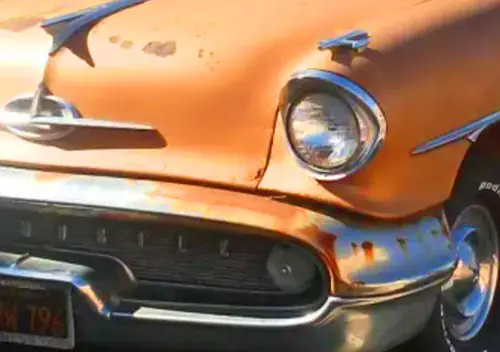
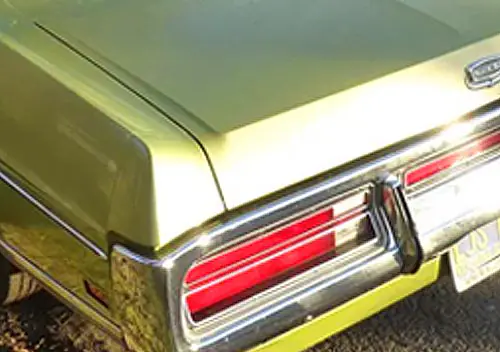
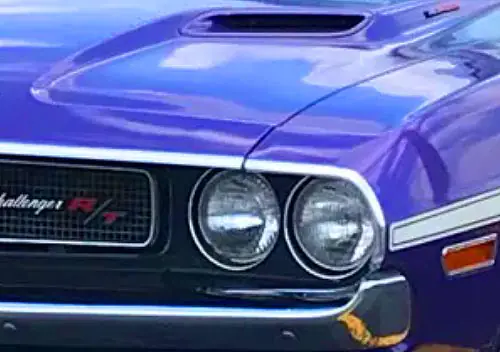


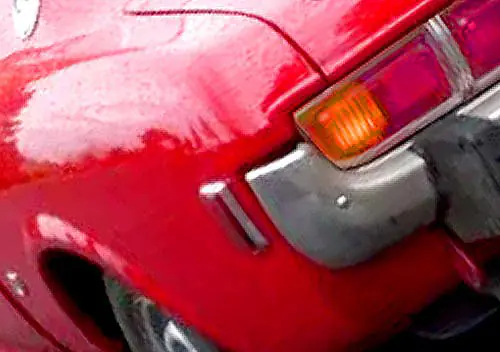

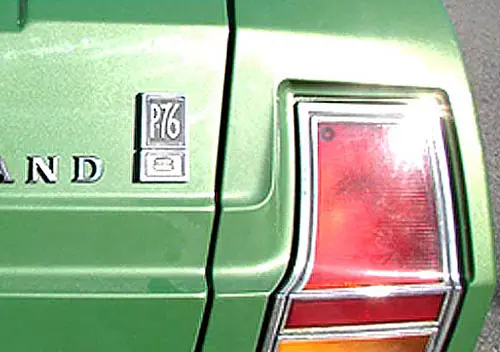
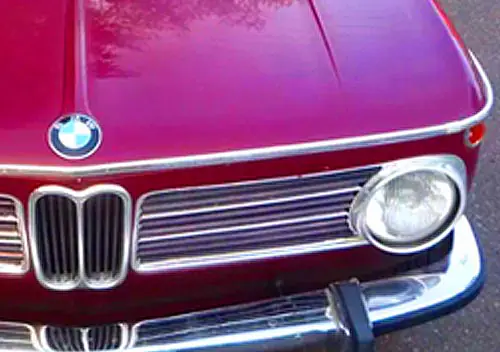

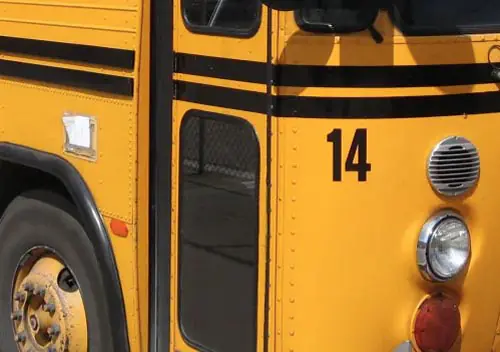
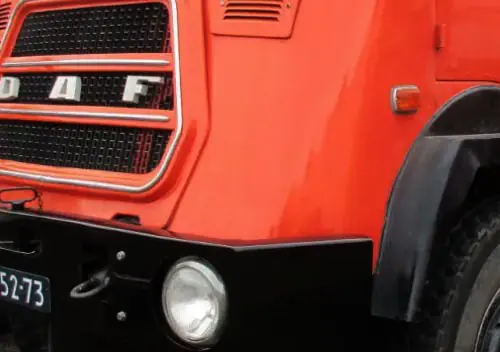
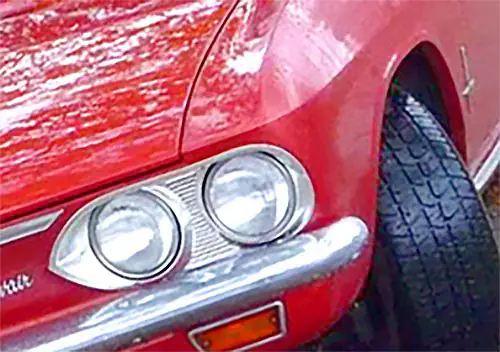
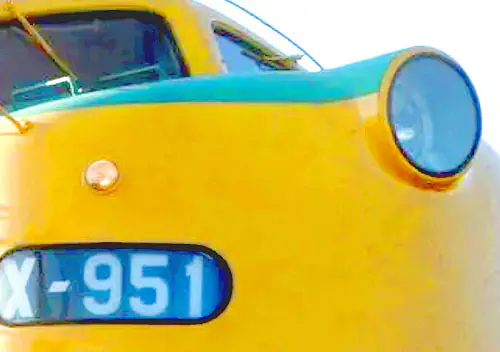
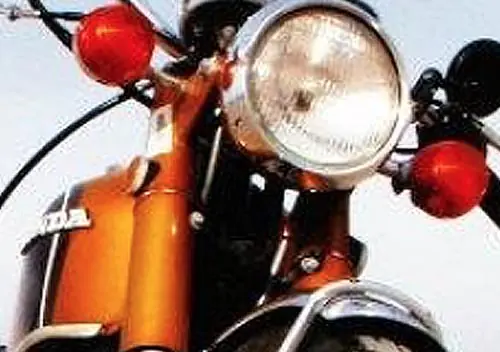
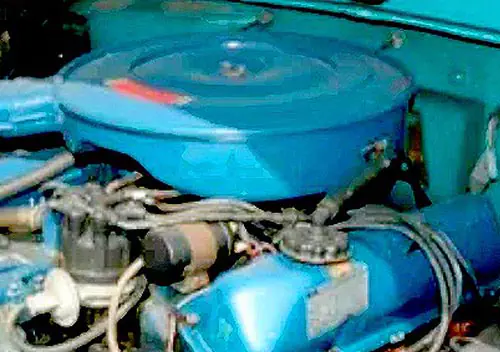
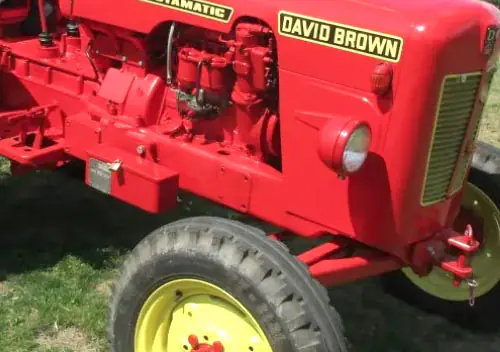
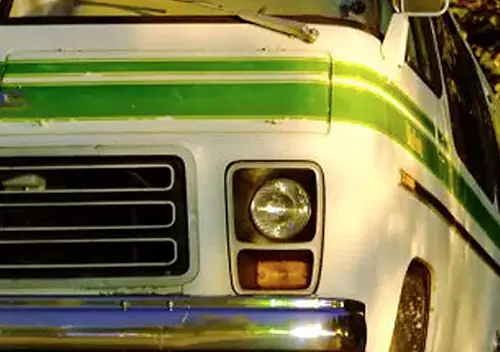

The Miserati.
I think we were spared this final development in the US – DeTomaso couldn’t afford certification by then. But a couple years ago there was an ’80s four-door Biturbo (with blue suede dash! In a beige interior, on a brown car!) for sale near me. It hung around almost a year and I was truly concerned it might be bought by someone who needed a car and didn’t know what they’re getting into…
Oh! I just thought it was an ambitious old tart of a Biturbo wearing a huge amount of inexpensive makeup – here including all-over pink lipstick – having a snooze in the corner of a grimy underground because she was too shagged out to make it home. And yet here you are, telling me someone deliberately designed it that way.
It really doesn’t have a virtue, this excressence.
With one small asterisk, Dr T. I will squeak very quietly that I really quite like the BiTurbo-based Quattroporte IV. Actually, a bit louder, I quite like it a lot. Reportedly, it’s not a very good car as such, but it looks cool. If it was Ghandini’s work, then it seems he managed to get clean of whatever he’d been having too much of earlier.
I have to confess that I do for some reason quite like most of these “evolutions” of the BiTurbo. At least the exteriors, that is, and I’m not a super-shouty type of car person normally. The interiors, especially the bag-of-hot-dog-buns center console cover in many of these leaves me wanting something a lot more sparse in its stead.
Red may not be their best hue either. As with Justy, the Q4 may in fact though be the best iteration, preferably in black. Then again, it almost looks more French than Italian so maybe that’s the secret.
Either way it’s still an impressive find and deserved mention; if you and William Stopford ever plan a meetup together, I’m confident it’ll be on Underground Level 3 or 4 of some carpark somewhere squinting in the flourescent lighting. (and I’d still want to be there, btw).
“Bag of hot dog buns center console”. Brilliant!
I’m one of the few who like Biturbos, but these Ghiblis hurt my eyes. They weren’t sold in the US, and for once I didn’t miss a car that was withheld from our shores.
I think the most interesting thing about the Ghibli is that the brand came back at all; I certainly wrote them off for dead in the 1990s. Along with Hyundai (rebounding from the awful Excel), the Maserati story is one of the best brand comebacks of modern times.
I always liked the original Bi-Turbo concept, crisply tailored compact luxury looking a little like an Italian BMW. How could they get the execution so wrong? The subsequent reworks of the original were just awful, and that spoiler at the base of the windscreen is the naffest detail ever…
There was a time in my life when both the wife and I drove Alfa’s. The local dealer sold Maserati’s and had a couple of low mileage used Bi-Turbos on the lot and the prices were good. Once when I was in for service I mentioned to the shop manager that I was considering getting one of them. His face dropped and said, “you’re a friend, I can’t let you do that to yourself”. I was then treated to a litany of their problems and I came away with the impression that mechanically, the Yugo may well have been a better value (at the least you’d have thrown away a lot less money).
Referring to a Bi-Turbo as a much better looking, but really expensive, Yugo seems appropriate.
It’s a shame because the Bi-Turbo ‘was’ a very handsome car (particularly the convertible version). Seems like I read somewhere that the design was offered to BMW for the 3-series but they rejected it.
There’s a Maserati 228 in my corner of Southern California, the only one I’ve ever seen, anywhere. I don’t know the backstory of this particular vehicle and haven’t yet had the opportunity to chat with the owner.
I don’t think I’ve ever seen a 228 in person either. Please follow up if you ever have a chance to talk to the owner as there has to be an interesting story involved.
More like the Maserati Giblet, and just as desirable.
Ive never heard or read anything good about these, to produce an expensive car so universally derided is a feat in itself
I have to wonder if the Biturbo was really that much more temperamental than a Ferrari or Lamborghini of its’ time. Of course, the price was and is much lower and the body style, especially the original and the 4-door models, wrote checks the mechanical parts couldn’t cash in the opposite sense that term normally means – everything about the original neat sedan shape promised a practical daily driver, but it just couldn’t stand up to that use.
Correction regarding design credit: the Quattroporte III was a Giugiaro design, not Gandini. Then Pierangelo Andreani cribbed from the QPIII to develop the original Biturbo design with a family resemblance.
I suspect the Biturbo nose design was closer to what Giugiaro originally proposed for the QPIII before de Tomaso insisted he bulk up the front end for a larger grille and more imposing presence, resulting in IMO the only slightly awkward aspect of the QPIII’s otherwise very rakish design that’s so nicely-proportioned it’s hard to tell from photos just how huge they are.
Gandini only came into play revising the Biturbo with facelifts in ’88 and 91, followed by more substantial revisions to create the Ghibli II and the Shamal.
Bi turbo, that moniker sounded great on paper, the promise of great performance, and the biturbo badge is doing fine on Ford Ranger pickups, on Maseratis not so much.
Sure he could make 7-8k cars per year not a problem, selling them however didnt go as well as imagined, it is kinda ugly but thats other peoples problems if its a nice car inside and drives well reliably.
Not excusing him, I’ll offer the following.
He managed to leverage himself into a number of Italian exotics. Given his departure from Argentina and marital status, he may not have been a prince of a Gentleman. Again, not excusing him again, but what do readers here want to see more of, a hundred thousand FIATS for $100 cheaper, or VWs, or Renaults, take your pick, or a thousand (semi) exotics with a boring American drivetrain. Which performance wise were almost up with the exotics.
Life ain’t fair, but I’m happier with the thousand exotics than more FIATs or Chevys. I have an easier time excusing his business failings than personal ones. YMMV.
First blush I thought, “Is this an AI creation? What a homely car.” I’m not a car guy and I can see it is broken aesthetically. Why did they photograph it in a corner that way? Now I realize this car has no “good side” and seeing less is a break for our occipital lobes.
And all because, de Tomaso saw lots of, BMW E-21 3-series, when he visited California in 1981.
Oh, I will copy that he thought.
Takeaway the Shamal, Karif, and the AM333 Spyder, and the whole of the Biturbo models were a disaster.
The Fiat rebirth of Maserati started well with the 3200GT Coupe and the Quattroporte Mk4.
But now, its Lipstick on a Pig by Stellantis, using platforms from Peugeot & Jeep, with a Maserati badge stuck on them.